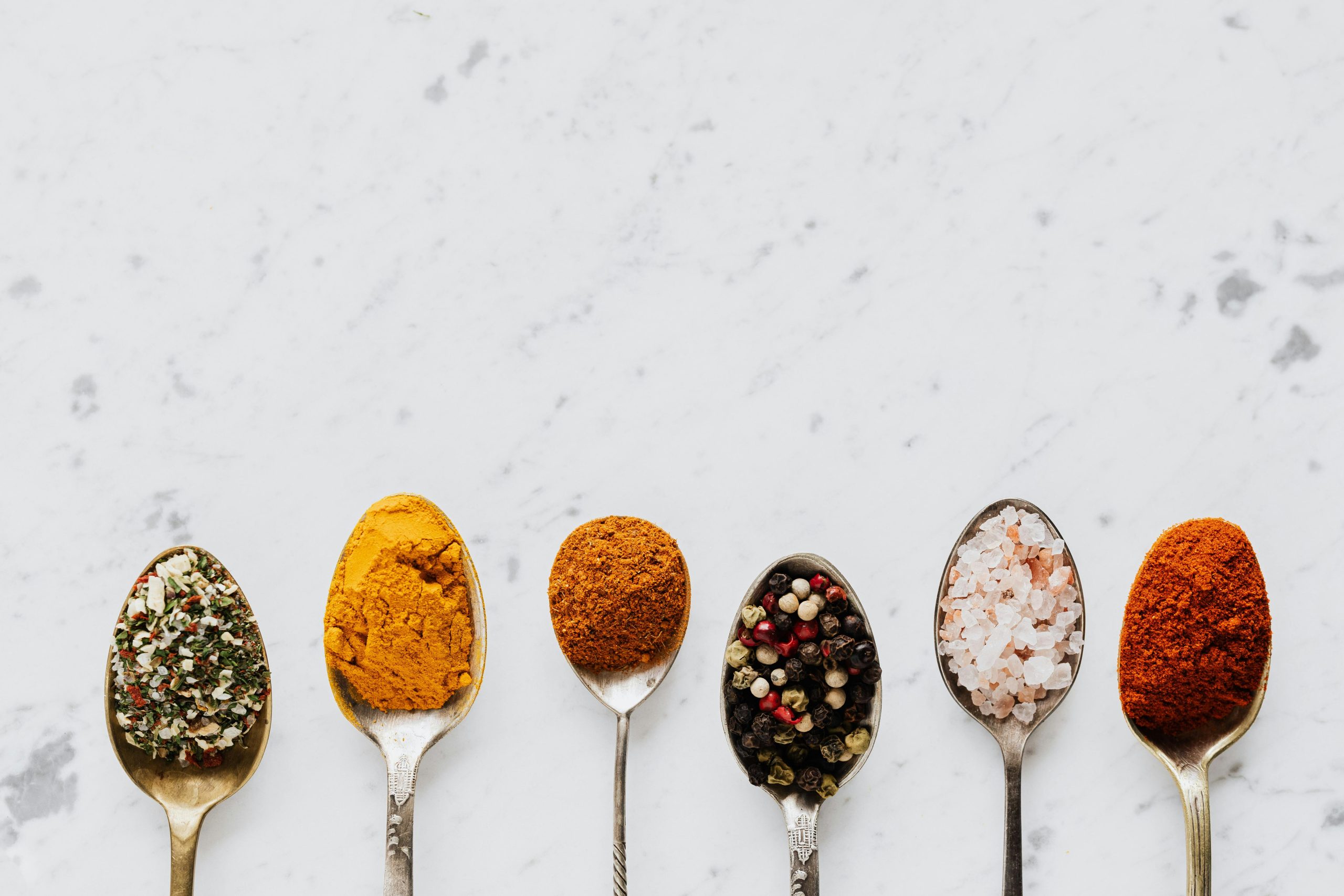A Brief History of Black Pepper
Black pepper, often hailed as the “king of spices,” has a fascinating history and a multitude of uses that make it a staple in kitchens worldwide. Let’s dive into its story, explore the different types of pepper, and discover its versatile applications.
Black pepper (Piper nigrum) originates from the Malabar Coast of India, where it has been cultivated for thousands of years. Revered for its pungent flavor and medicinal properties, it was once so valuable that it was used as currency in ancient trade. During the Middle Ages, black pepper played a pivotal role in the spice trade, with Venetian and Genoese merchants dominating its distribution in Europe. Its popularity spurred explorers to seek new trade routes, shaping global history.
Types of Black Pepper
While black pepper is the most common variety, there are several types of pepper derived from the same plant or other sources:
- Black Pepper: Made from unripe berries that are cooked and dried, giving them their characteristic dark, wrinkled appearance.
- White Pepper: Produced by removing the outer skin of ripe berries, resulting in a milder flavor.
- Green Pepper: Unripe berries preserved in brine or vinegar, offering a fresh and tangy taste.
- Pink Peppercorns: Not true pepper but the dried berries of the Peruvian pepper tree, with a sweet and fruity flavor.
Uses of Black Pepper
Black pepper’s versatility extends beyond seasoning:
- Culinary Uses: It enhances the flavor of savory dishes, marinades, soups, and even desserts.
- Medicinal Benefits: Known for aiding digestion, relieving cold symptoms, and boosting metabolism.
- Preservation: Its antimicrobial properties make it a natural preservative.
- Aromatherapy: Black pepper essential oil is used for its warming and stimulating effects.
Recipice to explore peppers:
Here are some recipes that highlight the unique flavors of different types of black pepper:
- Cacio e Pepe (Black Pepper Pasta): This classic Italian dish uses freshly cracked black pepper to create a bold and aromatic flavor. You can experiment with Tellicherry peppercorns for a robust taste or Kampot pepper for a slightly fruity note.
- White Pepper Chicken Soup: While technically made with white pepper, you can substitute it with Malabar black pepper for a milder, earthy flavor
- Pepper-Crusted Steak: Use a mix of Sarawak black pepper for a smoky touch and Vietnamese black pepper for a citrusy kick to create a flavorful crust
- Peppercorn Sauce: Combine green, black, and pink peppercorns for a creamy sauce that pairs beautifully with grilled meats or vegetables.
- Black Pepper Ice Cream: Yes, you read that right! Add finely ground Lampong black pepper to vanilla ice cream for a surprising sweet-and-spicy dessert.


Leave a Reply